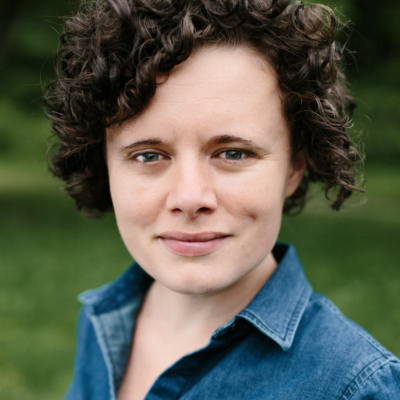These days, 209 years after UVA’s inception, the biggest question for its planners and architects is: How to add to the university without losing Jefferson’s vision?
Last week, Richard Guy Wilson and David Neuman tried to answer that question in a community briefing to local residents on what UVA administrators envision for the future.
|
The Rotunda is undoubtedly the most recognizable feature of UVA’s Academical Village. Now, planners and architects have the arduous task to plan for the future while keeping the past in mind. Architectural History Professor Richard Wilson says, “we became suburbanized.” But UVA’s vision for the future is one of sustainable redevelopment rather than pure expansion. |
Wilson, an architectural history professor at UVA, explored the architectural challenges of reinterpreting Jefferson’s ideals and adding to the Academical Village. From the lone, iconic Rotunda and Lawn in 1825 to today’s collections of new structures on Grounds, Wilson’s take is that “we became suburbanized.”
According to David Neuman, Architect of the University, in the 1960s, ’70s and even ’90s, there have been attempts at expanding the University to “an even more suburban style of campus,” by moving beyond the 250 Bypass toward Birdwood.
“I would say fortunately, that did not succeed, because the problems we would have in sustaining the institution would be incredibly more difficult,” said Neuman.
In fact, the University’s credo has now shifted towards redevelopment rather than expansion—with a small exception being the 110,000-square-foot South Lawn project that will be able to serve 12,000 students daily. The structure is slated to be open in the first months of 2010.
Neuman also commented on the use of density in planning for redevelopment. For example, the entire campus sits on 49 million square feet. Yet, the ground coverage—the ground that is actually occupied by a structure—is 10 percent. For the South Lawn project, it’s 13 percent.
The new dormitories on Alderman Road will be higher than buildings that were there before. Neuman said that the majority of the new dorms will be five-story structures, with two rising to six stories.
As far as population growth, Neuman said that because of an agreement with the commonwealth, each year UVA grows “at a somewhat larger scale than what we would prefer. But nonetheless, we are also growing in our abilities to do research, our abilities to have better health care and so forth and that puts a strain on these redevelopment zones.”
The University has instituted the Grounds Plan, a guide that will direct land-use planning for the next 20 years. According the Grounds Plan website, the Office of the Architect realized that using a traditional master plan for future development, by merely adding building sites, would not be satisfactory. A vital part of the plans, reads the website, “is to keep future growth within the existing developed area of 1,135 acres.”
C-VILLE welcomes news tips from readers. Send them to news@c-ville.com.






